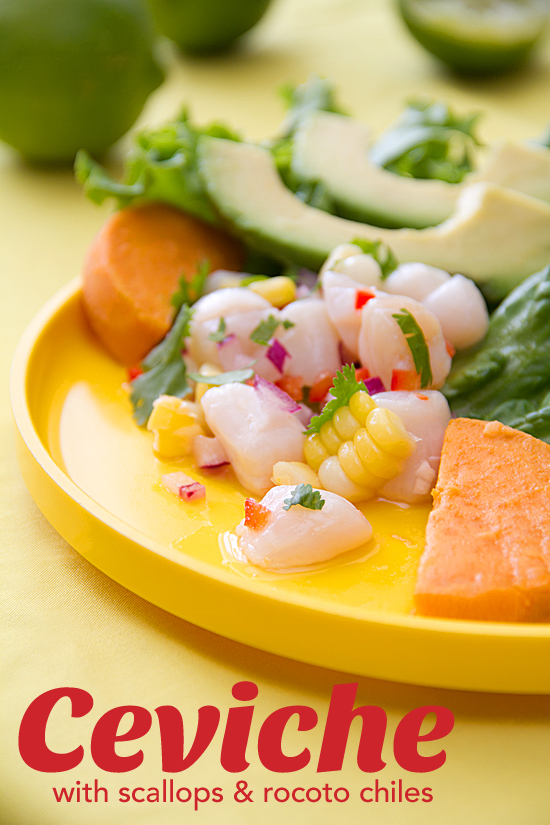
Ceviche, crudo, sashimi, tartare, poke, and tiradito. Different countries, different cultures– but it’s all raw fish to me. You probably know this but ceviche is a favorite in Latin American countries. Each culture has a slightly different take on this international favorite. Peruvian ceviche (pronounced seh-BEE-chay), and another Peruvian raw fish dish known as tiradito, often feature spicy chiles. Sometimes raw and crunchy and sometimes in a creamy sauce. Unlike other Latin American cultures Peruvian ceviche may also feature one of the 3,800 varieties of Peruvian potatoes. I guess if you have that many potatoes you gotta use them wherever you can!
Ceviche to Peruvians is like pasta to Italians. It’s their national dish and an iconic comfort food. Tourists will eat it anytime but locals generally consider it a delicacy best enjoyed in the middle of the day with a cold beer. That’s because it must be made with the freshest fish. Peruvians consider fish not caught and served the same day as less than fresh. Most of the cevicherias close by 4 o’clock in the afternoon.
Peruvian ceviche is meant to act as my entrée into Peruvian cooking. That’s because I’ve been invited to attend a cooking school in Lima, Peru. Which is pretty exciting. I don’t go until after Christmas. Which is far enough away that I have time to do a little pre-travel culinary cramming. As part of my “tuition” I’ve been asked to present some Peruvian recipes over the next couple of months. I’ve been scanning the Visit Peru sponsored Yanuq- Cooking in Peru website to begin my education.
If you follow cooking and cooking trends as if it were a sport (as I do) then you know that Peruvian cuisine is finding an international stage at the moment. That’s because it’s a highly creative culinary melting pot of cultures. There’s a 500-year tradition of Spanish, African, Japanese and Chinese immigration stirred into the native Quechua culture. Which makes for some mighty interesting recipes!
But I’m getting a head of myself here. I haven’t taken the class yet. I have to learn to walk before I can skip gleefully down the Peruvian culinary path. So I’ve decided to start with a simple Peruvian ceviche made with scallops and a Peruvian chile pepper known as rocoto.
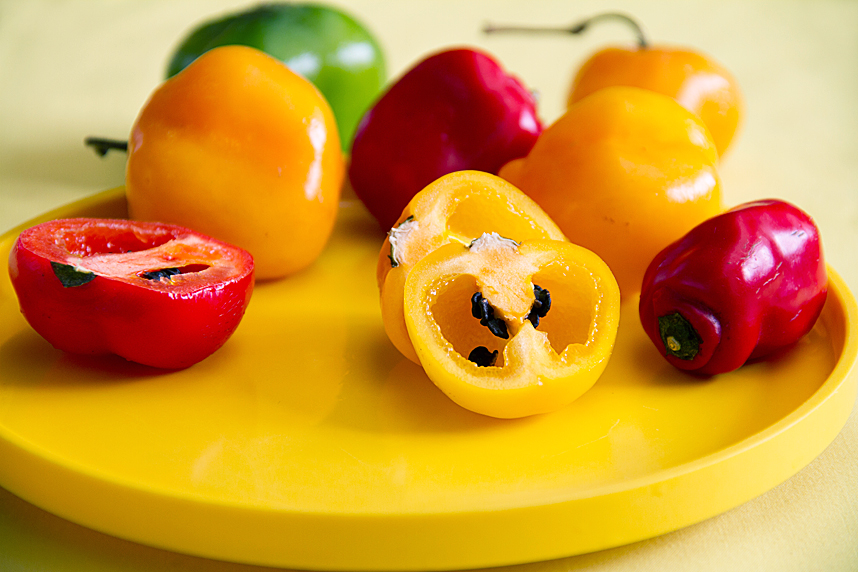
There are several chiles associated with Peruvian cooking. Aji amarillo being the most well-known. But I chose rocoto chile peppers for my Peruvian ceviche. It’s one of the staple chiles used in Peruvian cuisine. I’ve read it makes a nice (spicy) salsa. It also gets cooked with cream for a milder sauce. I’ve even seen recipes for stuffed rocoto (Rocoto Relleno).
The rocoto chile pepper is unusual in that it has black seeds, and is not included in the Capsicum annuum species more familiar to me and my Mexican chile pepper cooking adventures. It’s part of the Capsicum pubescens species from the Andes region. Its name translates to apple. You may also see this pepper labeled Chile Manzano, Chile Peron, Chile Caballo, and Chile Ciruelo. The examples I picked up at the Hollywood Farmers Market for my Peruvian ceviche came in green, yellow and red. I chose some of each not realizing they turn yellow-orange-red in color upon reaching maturity. GREG
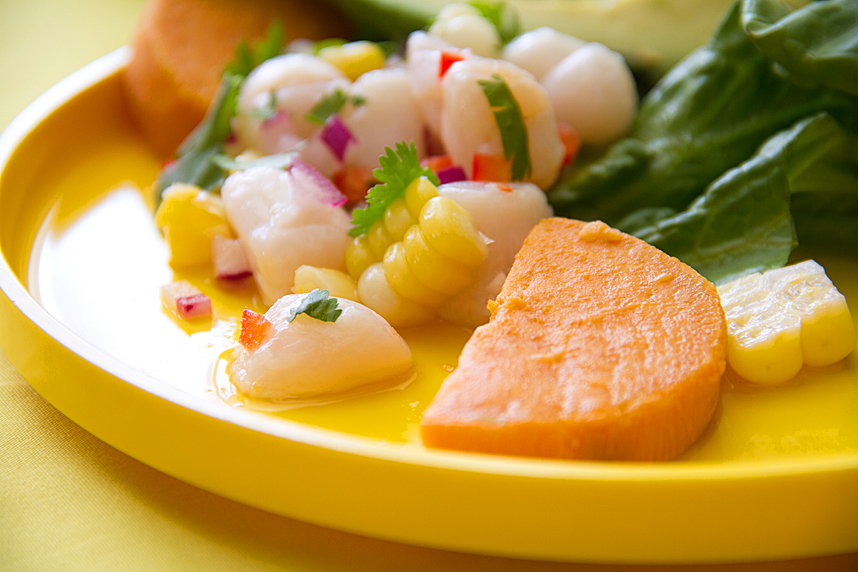
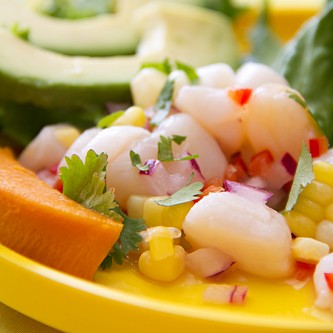
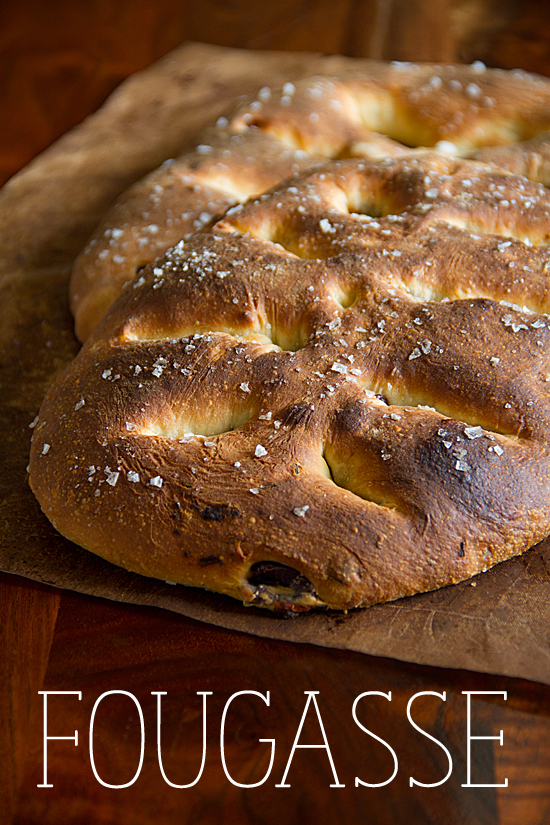
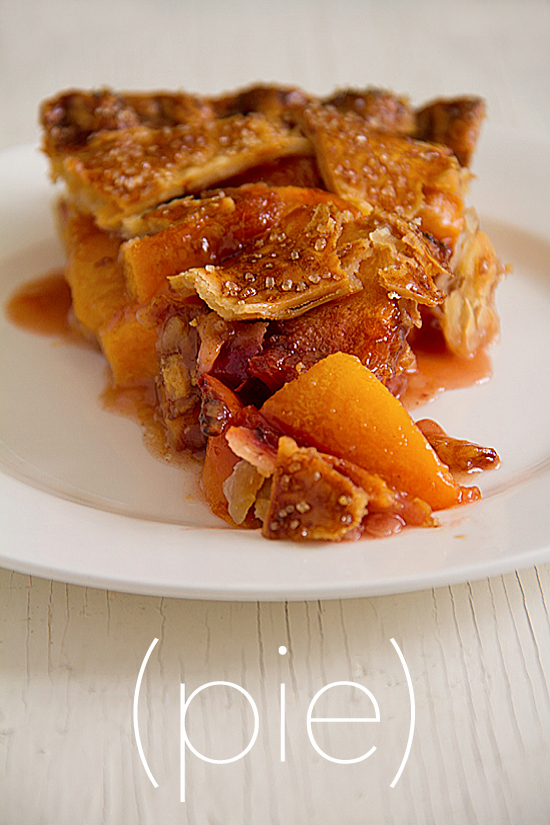
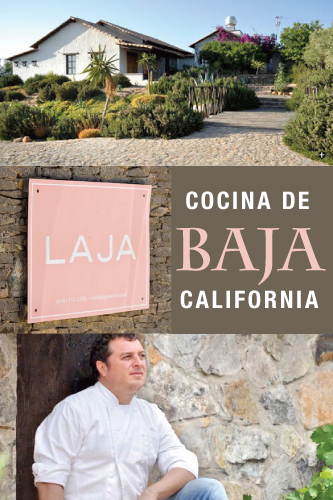
Wonderful! What an exciting trip that must have been! In 2019 we traveled throughout central and South America, and believe it or not, the best ceviche I had was in Panama. (Of course none were bad.) But boy, if it was on a menu, I ordered it. Yours is beautiful.
What an amazing opportunity to be a part of the culture and immerse yourself in the cuisine, Greg! I luv ceviche, of what I’ve tried and/or made, but would like to learn more about it. I’m looking forward to your posts and reading about your experiences there! Have a great time, safe travels, and happy holidays to you!!
This definitely has the wow-factor! Beautifully presented, and the colours, amazing 😀 x
I’ve never seen those peppers with the black seeds before but I’ll be on the look out for them at the farmer’s market now!
Congrats! I loved Peru. Check out the Bourdain show when he went there a year or two ago. The food looked fab!
I love ceviche and that’s great that you got those chillies! They’re hard to find here!
I always enjoy learning about another chile pepper and ceviche is definitely the perfect dish for our long, hot summer. What an exciting opportunity to be immersed in the cuisine of Peru!
What a wonderful thing to attend this Peruvian cooking school. Color me green! The ceviche looks wonderful and will be making it with my little homegrown Fresno peppers. And thanks for answering my bay-vs-sea scallop question before I had to ask it!
What a fantastic invitation, Greg. Such a great opportunity to take cooking classes around the world. I’ve never heard of potatoes in ceviche — I must try this Peruvian idea.
I’ve never cooked with the rocoto chiles but I like the idea of them in cream sauces. I did just get a box of Hatch chiles, which probably makes you yawn, but over here on the East coast, it’s a special event 🙂
I love that the seeds are black! Do you find these peppers spicier than fresnos?
Yes I did, quite a bit. But the burn didn’t linger the way habanero does. I’m not an expert, I’ve only tasted them a few times. GREG
How exciting, Greg! I can’t wait to read all about it (and stalk you/live vicariously).
Also, had no idea that Peruvians put potatoes in their ceviche. My kind of people.
The recipes I’ve seen mostly have the potatoes served alongside. GREG
What an awesome opportunity! Also, your ceviche looks so good — now, if only I had access to such lovely scallops.
Greg these photos are stunning! There’s a wonderful Peruvian place in the West Vill (you must have been!) and I adore their style of ceviche (cebiche?!). Thanks for sharing!